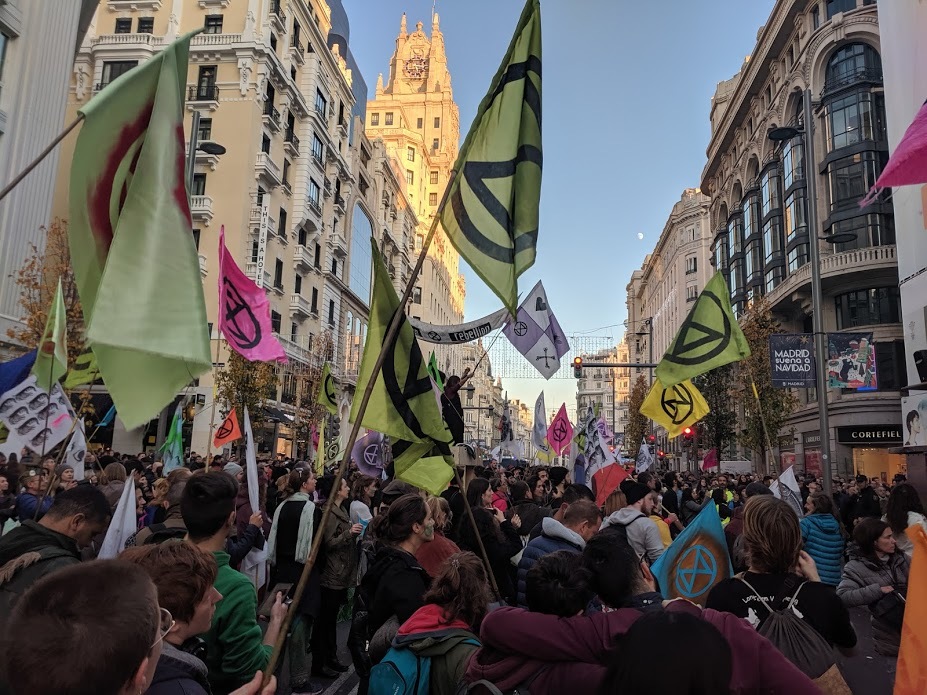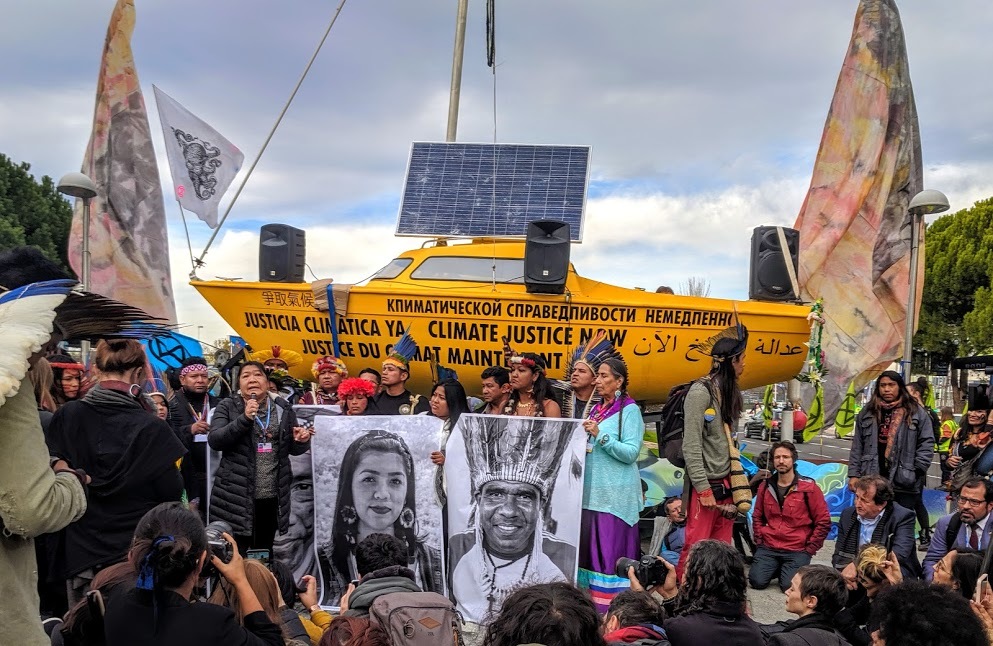Micheal Moore’s documentary “The Planet of Humans” released a week ago on Earth day. It is a film that criticizes the climate movement seemingly from the left and has racked up 4.5 million views on youtube already. Considering Moore’s reputation of being a provocative and intelligent film-maker and my interest in the climate crisis, I thought I’d take some time off from my busy schedule of napping, eating, and rewatching old tv series to watch it.
Remember that WhatsApp message you were forwarded by an older family member a few weeks ago? The one that went something like, “The dolphins are returning to the canals of Venice. Earth is healing. We are the virus” (which is now coincidentally the source of one of the pandemic’s best meme formats). Moore’s documentary is just like that message. Well-meaning and attention-grabbing for sure, but shares subliminal messaging that emboldens eco-fascists, damages the existing climate movement, and is downright wrong.
Let’s start with what it got wrong. The documentary lays into renewable energies like wind, solar, and biomass, claiming they are no better than existing fossil fuel energy sources. However, the film peddles falsehoods that stem from the fact much of the information cited is outdated. In the film, the film director, Jeff Gibbs, attends an electric vehicle demonstration where he concludes that the car is no cleaner than a fossil-fuel-powered car because the electricity is probably generated using coal. But that’s just untrue. A study as far back as 2 years ago shows that electric vehicles emit 30% less than the average new fossil-fuel-powered car¹. This was mainly due to the American electric system slowly getting cleaner ².
The film also quotes efficiency for Solar panels from a decade ago. The Cedar Street Solar Array shown in the film that could power only 10 homes for a year? It was built in 2008, 12 years ago, an eternity in the realm of solar development. It isn’t mentioned that Solar costs have reduced dramatically, nor that we’ve managed to get more wind and solar onto the grid. The filmmakers lead us to believe that it’s impossible to do so.
The film’s criticism of biomass as a viable alternative energy source is valid, but it completely ignores the role of fossil fuel producers who spent decades covering up climate evidence while profiting off the deterioration of the environment. Instead, the film draws from language derived from the playbook of big oil producers and climate deniers. Here’s a great podcast that highlights the resemblance of the language used by people who say electric vehicles are just as bad as regular cars to people who deny climate science and dismantles that argument: https://theangrycleanenergyguy.com/podcast/episode-31/
We’re told that there is only one singular solution to the problem: population control. Would the world be better off if there were fewer people on it? Sure. But here’s why that, and the messaging of “humans are the virus” is wrong.
Let’s look at some facts. An American fridge uses 458 kW/h per year which is 7 times as much as an Ethiopian person uses in total in a year. It’s about 3 times that of a Nigerian and equal to a Pakistani. American CO2 emissions per capita are 2.4 times the UK’s, 3.6 times France’s, and 9.7 times India’s ³. Most emissions come from rich countries, but population growth is mostly in developing countries that don’t emit anywhere near what rich countries do. The population argument is ignorant and borderline racist. It can also lead people to Thanosian philosophies (yes, I just created the term. Definition: the belief that for the human race to survive, many of us must be killed). We’ve already what this can lead to as in the case of the mass shooter at El Paso in 2019 who listed environmental degradation amongst many other (racist) reasons for his actions.

The problem is over-consumption and over-exploitation of the Earth’s resources by a minority of human beings, a topic that isn’t given nearly enough attention that it deserves. As Utah Phillips once said, “The earth is not dying, it is being killed, and those who are killing it have names and addresses.”
There are climate activists in the world that are spreading this message, but you wouldn’t know it by watching the film. We’re consistently shown willful misrepresentations of the existing climate movement. Nearly every expert and activist that appears on-screen are white and male. Barely any speaking time is given to people of communities that have already been directly affected by climate change, like the indigenous people of the Amazonas who are at the forefront of several climate justice conversations and movements, including the protests against the COP25 that happened in Madrid at the end of last year. There isn’t a single mention of youth-led, worldwide, grassroots movements like Fridays for Future, Sunrise Movement, Greenpeace, and Extinction Rebellion. These are groups that fight for the climate on the anti-capitalist and anti-consumerist principles that the filmmakers ostensibly support.

There are good parts of the film; the exposing of “green capitalism”, corporate philanthropy and those who espouse them as the solution to climate change as frauds is important to work. Its criticism of unlimited consumption and economic growth is something all climate activists can agree on. However, it’s inaccurate, misleading, has a terrible solution to the problem, and provides a wholly nihilistic view of the climate movement that seems to be designed to depress you into doing nothing. The only reason I’d recommend you to watch this documentary is so that you could agree with my review of it, but that would only be to stroke my ego, which is not worth it.
² https://www.vox.com/2019/1/8/18174082/us-carbon-emissions-2018
³ (Societies, Networks, and Transitions: A Global History, Craig A Lockard)
Feature Image: Green Queen
Pictures provided by the author of the article; first image: Extinction rebellion in Madrid, Spain Image; 2nd Image: Indigenous Protest in Ifema.







